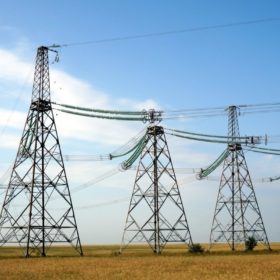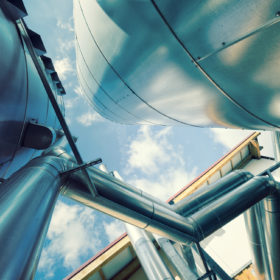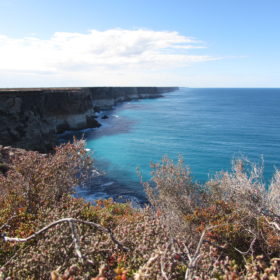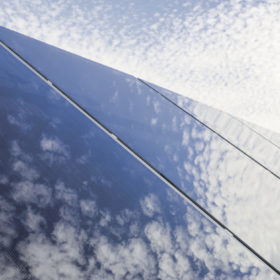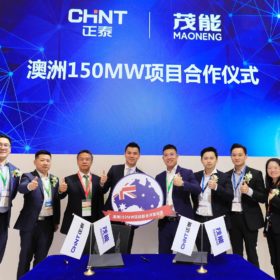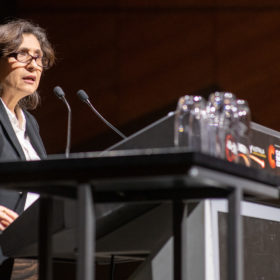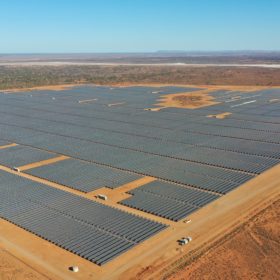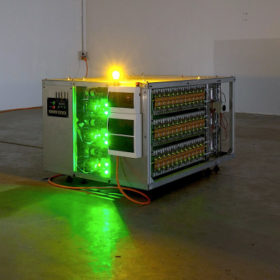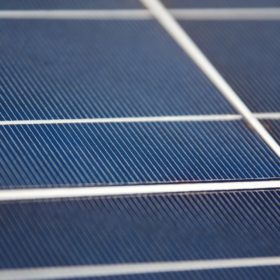AEMC decides against new rule on calculating transmission losses
The Australian network rule maker has ignored the plea of some of the biggest solar and wind project owners in Australia to change the way marginal loss factors (MLFs) are calculated. While it has acknowledged that transmission has failed to keep up the pace with renewable energy investment, it did not come up with any suggestion on what should be done to ameliorate the problem.
Gladstone to run on gas-green hydrogen blend as gigawatt-scale plans take shape
The traditional coal and gas hub of Gladston is turning into a green hydrogen mecca with two new ambitious projects in the pipeline. The city has been selected to host a gigawatt-scale green hydrogen and ammonia development and a gas injection facility to blend renewable hydrogen into its natural gas network.
Another one Bights the dust
Norwegian giant Equinor is the latest oil and gas company to abandon controversial plans to drill in the Great Australian Bight, following in the backtracks of BP, Chevron and Karoon Energy.
First Solar announces surprise fourth-quarter loss, considers sale of development business
‘First Solar, at its core, is a technology and module manufacturing company,’ said Mark Widmar, chief executive of the U.S. company.
Maoneng, Chint up the ante, aim to develop 2 GW of large-scale solar in Australia
Australian renewables developer Maoneng and Chinese module maker and EPC contractor Chint have mandated $200 million for an initial project as part of a series of utility-scale solar farms they aim to develop in Australia under a joint venture partnership.
Victoria decides to go it alone on transmission to unlock more large-scale renewables and batteries
The Victorian government has decided to break away from national electricity rules and introduce legislation that will fast-track priority projects like grid-scale batteries and transmission upgrades and make room for more large-scale solar and wind on the grid. The announced reforms have prompted a flurry of reactions.
5 things to watch in Australian solar sector in 2020
Despite a massive drop in renewable energy investment seen last year, 2020 promises to bring both good and bad news for the Australian solar sector. While network conditions will continue to deteriorate, the low-carbon policy will become more supportive but also more chaotic.
Melbourne energy storage startup set to charge into U.S. market
Melbourne startup Relectrify is on the verge of a U.S. breakthrough with its highly efficient and cost-effective battery storage technology.
Coronavirus could cause PV module, battery cell shortages in Australia
As the outbreak takes its toll on solar panel and battery manufacturing in China, Australia is bracing for disruptions in the supply chains.
Downer exits Australian solar sector as risks pile up
As the survival of the fittest continues in Australia’s notoriously competitive EPC market, the Sydney-based diversified infrastructure company has signaled that it will no longer bid fixed prices to build solar.
